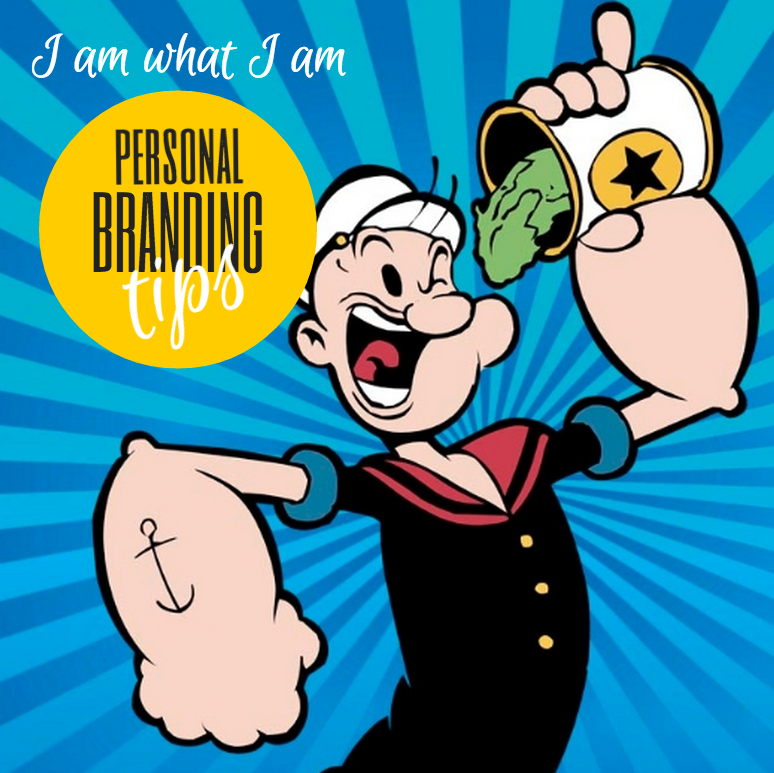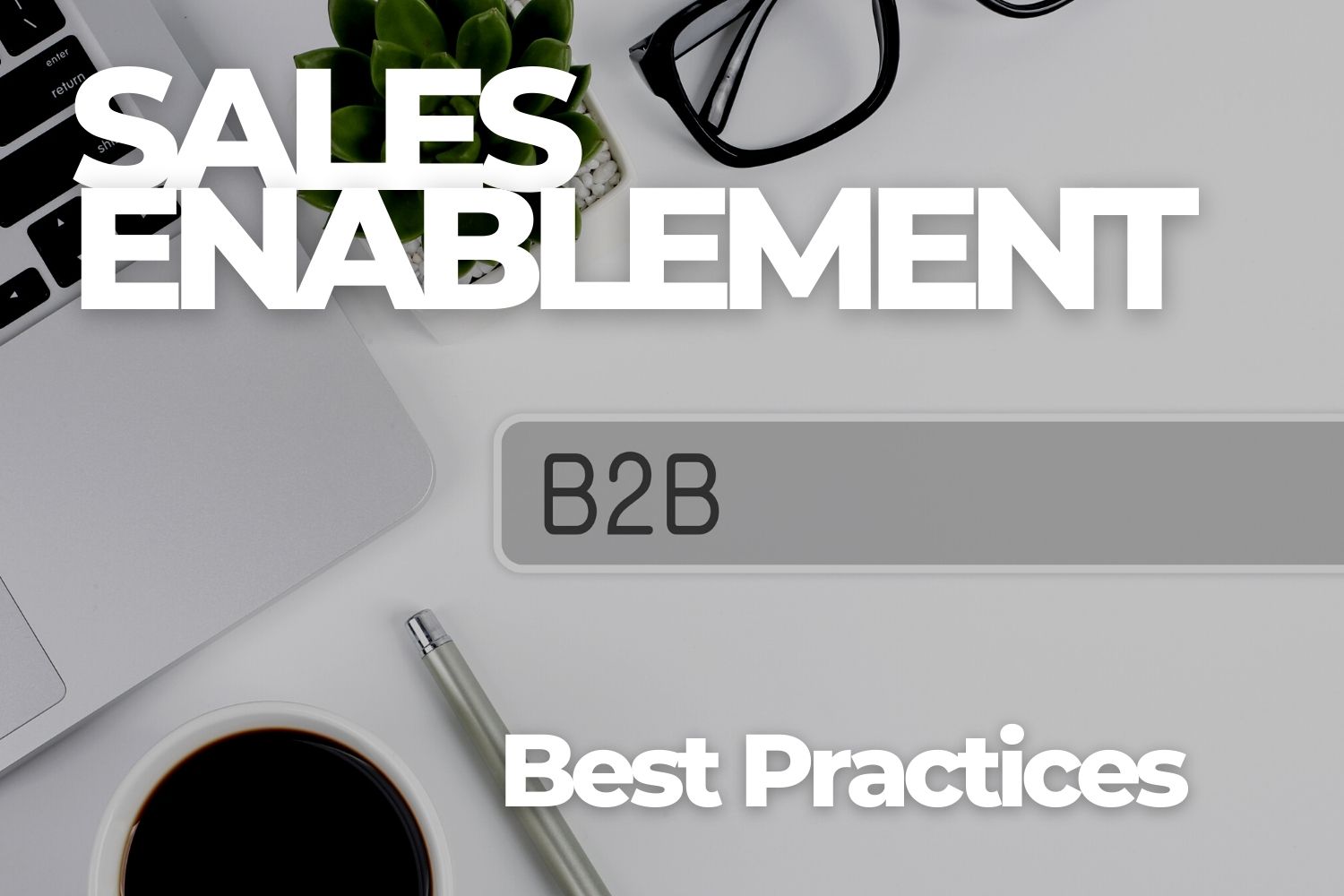You. Me. Michael Hyatt. Popeye.
Perhaps we don’t have that much in common. Ah, but we do. Personal brands are we. Our agendas may differ—better job, more clients, book sales, or (your goal here)—but we seek the same things: recognition, respect, influence and success.
You, my friend, are a brand.
A photographer. Life coach. Presentation expert. Alternative energy entrepreneur. Website developer. Skin care clinician. These are six simplified profiles of clients who have hired me recently to help them create more effective online marketing by developing their personal brand.
This is no trend. It’s social media, publishing, marketing, sales, work, play, passion and everything you read about all rolled into one.
I realize now it’s what I’ve been doing (and sometimes struggling with) since I went to work for myself. Or is it? It’s probably more accurate to say it’s what I’ve been doing since my bar mitzvah—defining the man I am.
With that in mind, I submit to you personal branding is something you need to understand. It’s something you need to develop deliberately—even if what you’ve been doing and saying to this day has been largely accidental.
I’ve been thinking about you.
I’ve been thinking about me too. And I’ve been thinking about the professionals I mentioned above who have put their trust in me to feed ‘em the spinach they need to nourish their personal brands. There’s a lot to consider.
To learn more, I turned to some personal branding experts and bought some helpful books:
- Me 2.0: 4 Steps to Building Your Future, by Dan Schawbel
- The You Plan, by Michael “Dr. Woody” Woodward
- Branding Pays, by Karen Kang
- Platform, by Michael Hyatt
There’s a lot of great information in these books and each author offers tons of great advice via their blog.
I’ve found when I get in conversations about personal branding, Michael Hyatt’s name comes up a lot. A former publishing executive, Michael shares his wisdom via a blog, podcasts, videos, books, information products and speaking gigs.
As luck would have it, Michael was scheduled to speak at New Media Expo in January, where I was also headed to speak. I went to his session and gathered some great tips for getting started with personal branding.
Here are 5 tips from Michael Hyatt.
Define your audience.
The focus of your blog—and all your content—must be your readers. What are their needs? What are their pains? How can you help?
Of course, you could guess, but you’ll run the risk of being wrong. An ideal way to remove the guesswork is to conduct a survey. Ask a few specific questions to uncover demographic and psychographic information.
As a result of your survey, you’ll be able to profile your audience and work toward developing more focused content with a much greater probability of resonating with your readers.
Create a clear value proposition.
What can you offer your audience? What will they get from investing their time in your content? Do you offer resources to help people work smarter? Do you offer leadership insights? These are just a couple of examples.
Create a succinct and simple answer and you have your value proposition. You may have to experiment with your value proposition and revise it from time to time.
A clear value proposition will serve as a framework for all your efforts.
Write a compelling brand slogan.
Remind yourself of the level of noise in media today and recognize how critical it is to make a strong impression quickly.
A great way to address this challenge is to distill your value proposition into a slogan.
Here are some good ones:
- Lifehacker’s slogan is “Tips, tricks, and downloads for getting things done.”
- Social Media Examiner claims to be “Your guide to the social media jungle.”
- Ramit Sethi promises, “I will teach you to be rich.”
- Feldman Creative promises to “Turn on the power of online marketing.”
How can you summarize your brand promise in a concise slogan?
Show yourself.
People want to connect with people, not merely brands.
Presenting a great photo of yourself helps establish credibility and build trust. It also helps you connect via social media.
Get a great headshot that captures the real, authentic you. Invest in a professional photo shoot or if you prefer not to part with the money, hit up a friend with a quality camera and a command of portrait photography.
Go into the session with a plan. Tell the photographer the impression you aim to create, the you you’re looking to capture.
After reviewing the photos, pick one headshot to use on your website and across all your social media networks. Michael Hyatt offers some ideas for capturing yourself in action:
- Working at your computer
- Analyzing your client’s data
- Coaching one-on-one
- Facilitating a small group meeting
- Recording a podcast
- Shooting a video
- Speaking before a large crowd
- Autographing your book at an event
My opinion is the photo that will serve you best is simply you looking into the lens smiling, looking friendly and approachable—with no distractions.
Establish a look.
Any memorable brand, your personal brand included, should present itself consistently. Using a variety of logos, colors, and fonts will confuse your audience.
Develop a look for your personal brand with:
- A professionally designed logo
- A pleasing color palette
- A limited menu of fonts
Apply the standards you create to everything—your website, business cards, advertising, etc.
Here are additional tips from yours truly.
Find your voice.
I think Michael’s 5-pack is a great way to prepare to start putting yourself out there. There’s no denying this will require establishing your voice.
A goal in the development of your personal brand should be building a tribe, that is, a growing community of dedicated fans. You have to discover how to express yourself as the unique individual you are.
This isn’t merely a one-off task like getting a nice looking head shot. It’s a process. It’s also a topic that we could examine for pages and pages. Instead, I thought I’d simply offer some insights and words of caution.
Don’t copy another writer’s style. You may have read advice that suggests you should, but it’s to be applied gently. A better take on the approach is to identify another writer’s style—or several—and learn from them. Subscribe to their blogs and make a point to read the content. Don’t write like them. Try to identify why their style appeals to you.
Here’s a follow-up tip and it may sound perplexing. Unless you’ve had a good amount of experience writing professionally, don’t try to write like yourself either.
Huh?
What I mean here is don’t try so hard to become the writer version of yourself. Just be yourself. A mistake I see far too many make is they put on the writer cap and stiffen up. You try to sound smart. Or authoritative. Or journalistic. You wind up sounding like you’re leading a lecture. Yuck.
You’re better off writing like you speak—when you’re speaking to ONE person. Make it someone you speak to often and feel 100% confident about expressing yourself to.
Capturing yourself speaking is a great way to get comfortable developing your voice. Don’t over-think your writing. Just write. Go back and edit a little for clarity. Publish. The style will evolve. Your voice will emerge.
As I said, this is a tricky lesson to deliver. I believe grade-A author and blogger Jeff Goins does a wonderful job of describing the process in “10 Steps to Finding Your Writing Voice.” He offers a series of exercises you’ll find useful if you’re new to blogging.
I love this one:
Ask yourself: “Do I enjoy what I’m writing as I’m writing it? If it feels like work, you may not be writing like yourself.”
Create an email list.
Personal branding is largely online marketing. The most valuable asset an online marketer could ever hope to have is an email list—people who have raised their hands and declared, “market to me,” or perhaps, “keep me in the loop.”
You may be thinking, “Who’s going to give me their email address before I have content to offer?” Fair question. I tend to tell my clients the development of your email list and deployment of your email program can indeed wait awhile. But it should be a short while.
I suggest after you have published 6 to 10 solid posts and got comfortable with at least one or two social media networks, it’s email time. Develop a compelling offer such as an eBook or webinar you’re willing to give away and create a landing page where you’re able to capture the email addresses of your readers.
I’m forever flabbergasted by companies that either don’t focus on developing email lists while building their brand, or worse yet, never plan to. They feel email is old school. Wrong. Email is the private and (mostly) trusted medium everyone uses.
I rant on this a bit in my post “Email Marketing: Why You Need it and How to Nail It.” Then I go on to share, in a mega-article, a long list of tips for putting the power of email to work. Make a point to read the post. And please, join my email list. Like you, I’m building a personal brand.
Dial into the dialogue.
The age of the marketer’s monologue is dead and gone. The people behind great personal brands are great conversationalists. They listen and respond.
Please nod your head in agreement now. Only foolish old marketing die-hards believe advertisers talk and consumers listen.
I say as much in “The Article About Something Too Powerful for Words.”
The point: you have to allow your customers to chime in. Check that. You need to encourage it. Consider the following ways to do this:
- Offer onsite polls.
- Conduct surveys.
- Host blog comments and respond to them.
- Host forums.
- Encourage reviews.
- Host chat.
- Get social.
Once again, I’ve uncorked a big topic. The post I’ve recommended is a good starting point. However, the real point is it’s time to get onboard with the idea that the only brand you can build when you do all the talking is an arrogant one. On your path to becoming a revered personal brand, your goal should be to ignite meaningful, brand-adjacent conversations in your community.
Build a circle of influencers.
Want to be influential? It’s in the job description of the personal brander.
Of course, there are a variety of ways you’ll build your influence as you build your personal brand. I believe I’ve identified the ultimate playbook for accomplishing this and unraveled how to make it work in “A Community of Authority Equals Influence,” an article from my Social Media Today column, Content Marketing Minds. In the article I explain how you accelerate your influence by leveraging the authority of other authorities.
Every class, club, team, or organization always seems to have “the popular people,” you know, the in crowd. Naturally, it feels awkward to invite yourself into it and unlikely to work. However, with social media it’s not awkward or difficult and it does work.
There are so many ways you can build authority by forging new relationships.
- Create “roundup” content that recognizes authoritative leaders and their work.
- Shake hands and swap business cards at events.
- Call on experts to contribute to your content.
- Create communities of your own on LinkedIn, Google+ and other social media.
- Ask people you know to introduce you to people they know (a.k.a. networking) and look for partnership opportunities.
- Publish lists, for example, books or blogs you’ve read.
- Ask for guest post opportunities.
- Share the content of influencers you admire.
Create content.
Your personal brand is reflected in the content you create and share. Creating content to showcase your expertise must be at the core of your personal branding efforts.
Take these considerations to heart:
- What’s most valuable for the reader?
- What’s the main message you want to get across?
- Where can you publish it to support the growth of your personal brand?
- How can you offer substance and a point of view that’s not commonplace?
- Are you focused on educating the reader, not promoting yourself?
- Will your content inspire some sort of action?
If you’re not a skilled writer or editor, be sure to enlist help.
Focus on sharing your knowledge. At the same time, don’t fear having a strong point of view. Say what you think. No one values a bland brand.
Remember, we’re taking about a personal brand. You. If you want to challenge convention, do it. By taking a stand, you might not appeal to everyone, but that’s not the goal. You want to ignite the passion in the right people.
You’ll find your status as an expert will grow faster with bold content and opportunities for interviews, speaking gigs, consulting contracts, and more will come faster and more frequently.
Use a variety of media types to accommodate the different preferences of your target market:
- Blog
- Podcasts
- Webinars
- Presentations
- eBooks
- White Papers
- Videos
Connect and stay connected.
The development of your personal brand, and ultimately, your ability to capitalize on it is derived from the connections you make. Many of the suggestions I offer here come from networking expert David Bradford’s “101 Tips for Shockingly Personal, Powerful and Permanent Business Connections.”
The power of your network:
- Building a great network takes time. Make it part of your daily routine and seek to expand it continuously.
- The wider your network, the more resources you have to solve problems.
- Follow up with new connections you make promptly, stay in touch, and always follow-through on your promises.
- Connect the people in your network to each other.
Think big:
- Surround yourself with top-notch people.
- Don’t let awe stop you. Have the confidence to reach out to the best.
- Study the network of successful friends and leaders in your niche and follow their lead.
- Find mentors. Do as they do.
- Ask for advice from everyone you stand to learn from.
Be a giver:
- Give as much as you can.
- Ask your connections if there’s anything you can do for them.
- Ask a lot of questions and listen.
- Tell people you’re excited to hear their stories. They’ll be glad to share them.
- Make yourself available to your peers and organizations.
- Give thanks to everyone for kinds acts of any kind.
And finally…
- Use the power of storytelling to give your connections things to remember you by.







Comments
Amber Hurdle
I personally like “think big” and “be a giver.” Obviously, they all are valid, but one of my favorite mantras is “You’re playing small does not serve the world.” It kinda covers the importance of both of those points in your post. We owe it to others to play a big game…because when we do we can serve big, too!
Tova Herskovitz
Wow! I think you managed to include everything about personal branding in this one awesome article. Just shared it with my followers on LinkedIn; I think it’s that valuable!
7 Tips For Branding Yourself On Social Media – Bart Rippl
[…] As Barry Feldman so succinctly stated in his blog: […]